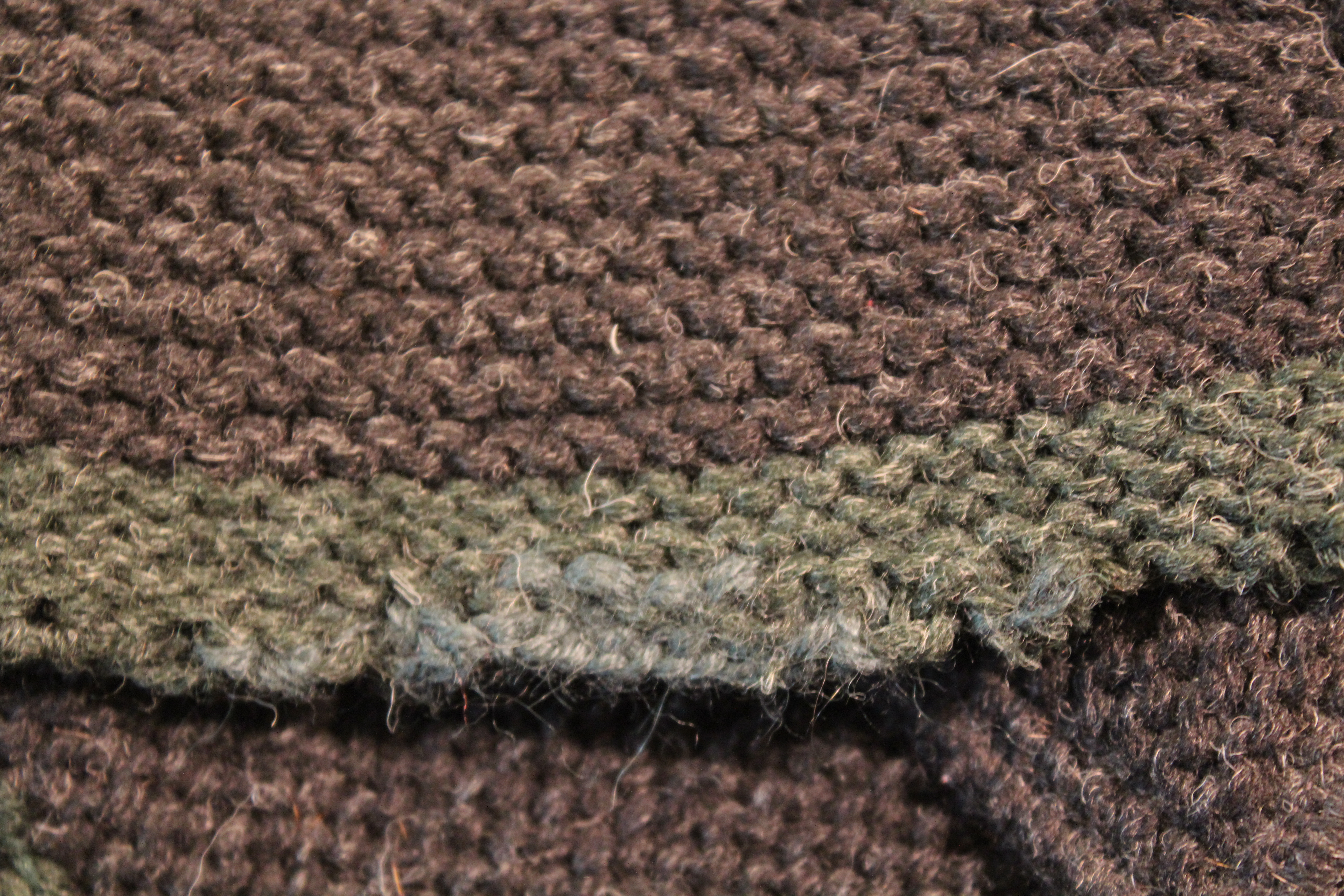Getting creative with clients to turn a piece from something that can’t be used to something that can is one of my favorite types of collaborations.
This tablecloth had major damage around various part of the outer edge. However, like many crochet pieces, this one was modular – both in that the motifs used could be pulled out and put other places, and that each round of motifs and edging was not dependent on the last piece.
The first step for me was laying the piece out so I could take a careful look and mark and note the places that needed attention. There’s the obvious two holes along the edge, but there were also multiple smaller places that would need attention and reinforcement too.
The client preferred to be able to use the piece – no matter that we’d have to take off quite a bit of the outer edging. We could then use it as a table runner instead of a table cloth.
After taking a good close look at the piece, and multiple conversations with the client, we determined the place where we could take the least off. I’d still need to repair some small areas, but we had reduced the amount of work to something that was in the client’s budget.
Taking the edging off involved the use of a sharp pair of scissors and some time where I didn’t need to be interrupted. There was no room for mistakes! After several hours of carefully removing the outer edge, it was time to take a step back, take some pictures and consult with the client again.
Here we have the piece with the edging taken off – it really changed the appearance and presentation of the finished product. I think the cleaner unadorned edge gives it a bit more of a formal and modern look.
A quick and light steam press, shoring up some of the other areas, and it was ready to be sent on its way!











